
PVC patches, known for their durability, are widely used in various industries due to their ability to withstand extreme weather conditions. These patches are commonly seen on military and other forces' combat uniforms, gym gear, sports goods, boat covers, and tents. Their resilience makes them suitable for outdoor gear that frequently encounters heavy rain and intense sunlight.
The versatility in color and design customization of PVC patches allows for their use in personalizing items like footwear, including decorating shoes with unique charms, and sports bags adorned with team logos. This level of customization is particularly beneficial for branding and creating distinctive promotional items.
In addition to their aesthetic appeal, PVC patches are low maintenance, resisting stains and fading, which is advantageous for items that are subject to frequent use and exposure to various elements. This makes them a practical choice for accessories on PU handbags, hats, caps, leather jackets, and shoes. The 3D variants of these patches offer an enhanced visual appeal, adding a tactile dimension to the products they are affixed to.
However, their application is not universal. PVC patches may not be the best fit for items with a more textured surface like knitted sweaters or denim, where embroidered or chenille patches might be more appropriate. Despite this limitation, the unique properties of PVC patches make them a popular choice for a range of applications where durability and visual impact are key considerations.





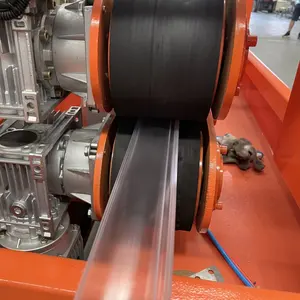



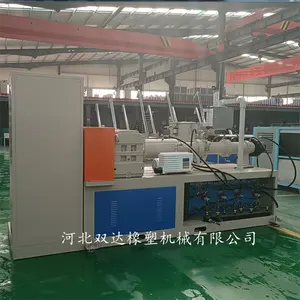


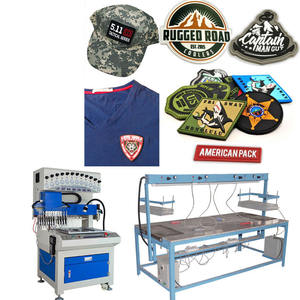
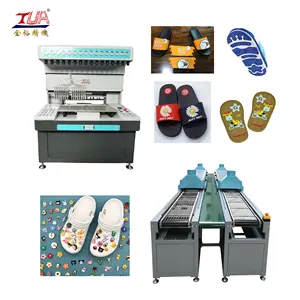
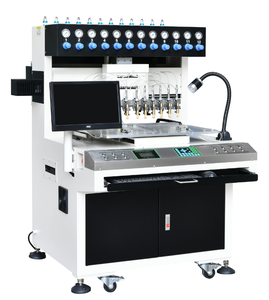






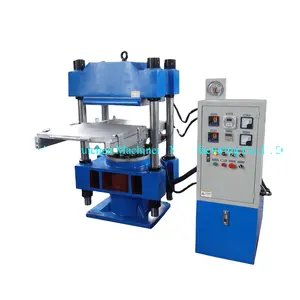


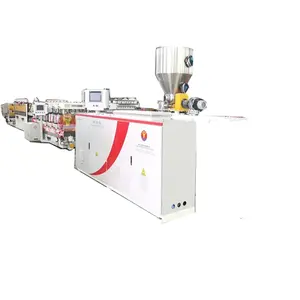


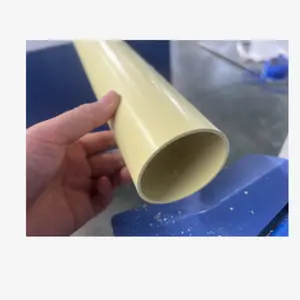

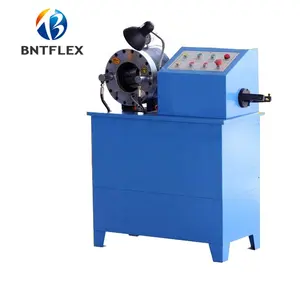



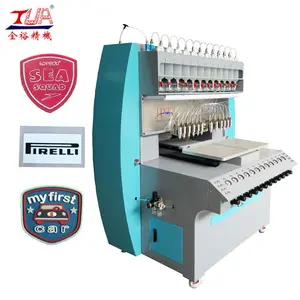
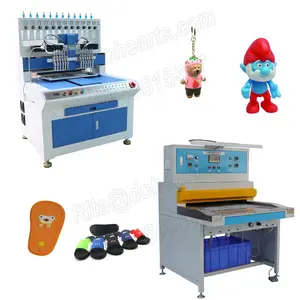



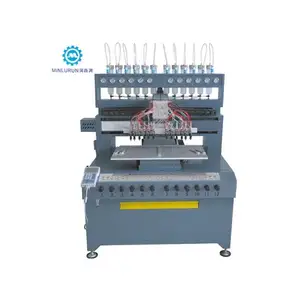
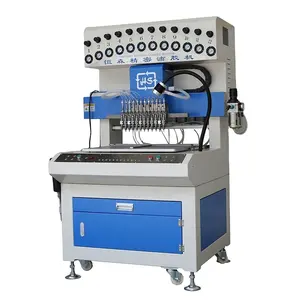

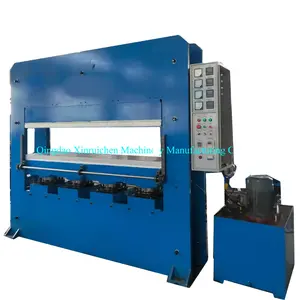


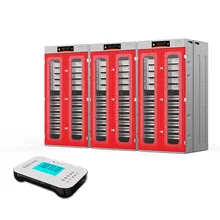
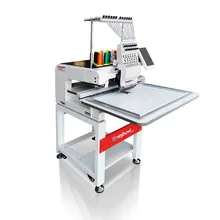
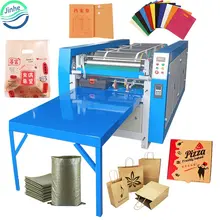
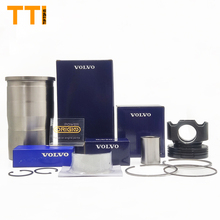


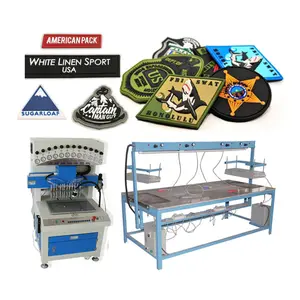




























 浙公网安备 33010002000092号
浙公网安备 33010002000092号 浙B2-20120091-4
浙B2-20120091-4